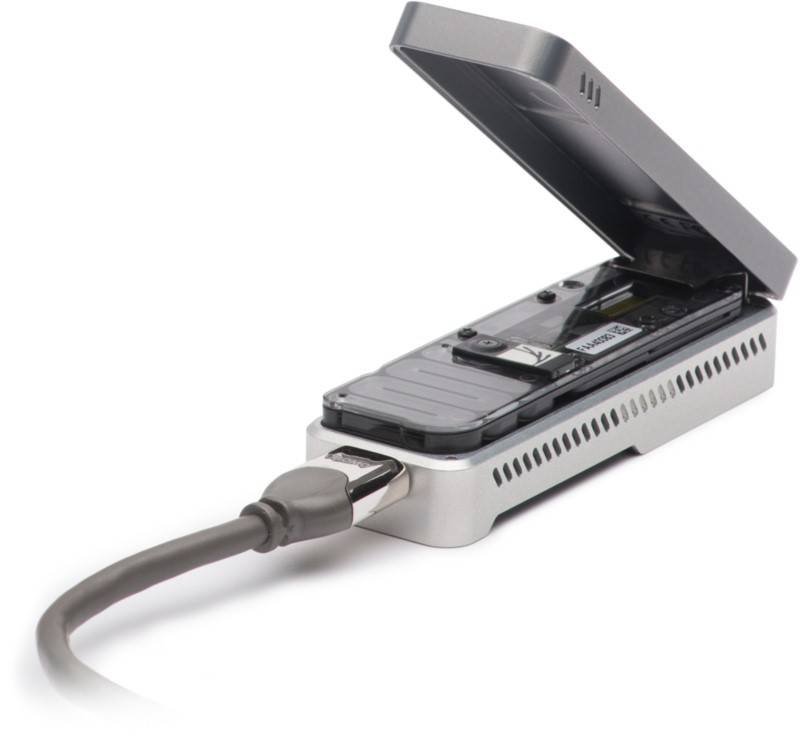February 6, 2018

Now, a report in Nature Biotechnology highlights the latest advance for DNA sequencing: the sequencing and assembly of a human genome using a pocket-sized device. It was generated using several "nanopore" devices that can be purchased online with a "starter kit" for just $1,000. In fact, this new genome sequence—completed in a matter of weeks—includes some notoriously hard-to-sequence stretches of DNA, filling several key gaps in our original reference genome.
For most sequencing methods, DNA must be broken into smaller, more manageable fragments. That means all of the nucleotide “letters”— the As, Cs, Gs, and Ts—in the DNA code must be pieced back together in their correct order like a complex puzzle. While many methods are incredibly accurate at reassembling many parts of the puzzle, it’s much trickier to do this in highly repetitive stretches of DNA. When broken up, they produce puzzle pieces that are essentially identical. To get around that problem, some newer sequencing technologies are able to read out much longer stretches of DNA: the hand-held MinION nanopore sequencer, produced by Oxford Nanopore Technologies.
In fact, nanopore sequencing was named one of Science magazine's "Breakthroughs of the Year" in 2016. The method involves threading single DNA strands through many tiny protein pores, i.e., nanopores, set in an electrically resistant polymer membrane. Inside the device, an ionic current is passed through the nanopore. When a single-stranded DNA molecule passes through the charged nanopore, it alters the current. In fact, the current is altered in different ways depending on which of DNA’s four unique nucletoides—adenine (A), cytosine (C), guanine (G), or thymine (T)—is passing through the pore. As a result, it’s possible to “read” off the DNA sequence, letter by letter!Despite those longer, easier-to-assemble reads, the researchers still required some big computers to make sense of the data, correct for errors, and piece together portions of the genome that had been impossible to assemble previously.
Just as capabilities once only available through huge supercomputers can today be accessed though apps on smartphones, DNA sequencers continue to get better, smaller, and more portable. And as this study demonstrates, there’s no doubt that we’re pushing ever closer to a time when it may become both feasible and practical to sequence individual human genomes to bring greater precision to the delivery of health care for everyone.
For Research Use Only. Not for use in diagnostic procedures.


 Sample Submission Guidelines
Sample Submission Guidelines
